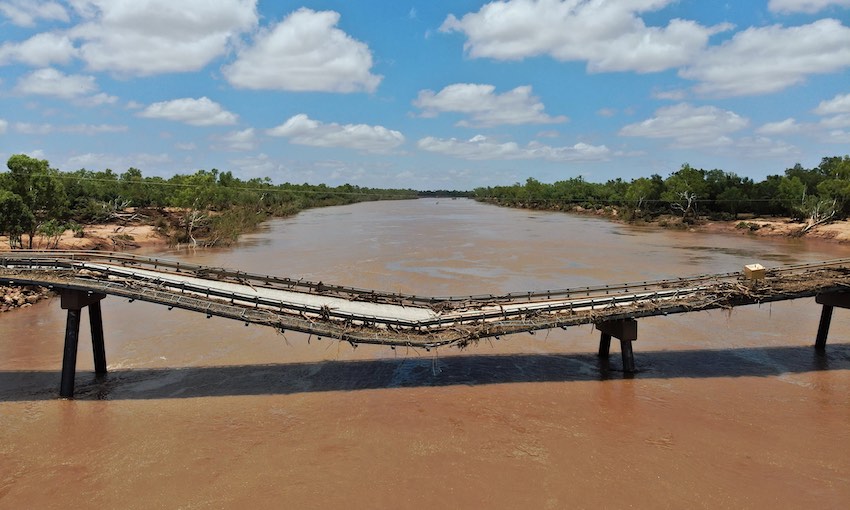WA’s Western Roads Federation has made a 19-point submission to state, territory and federal governments seeking a co-ordinated approach to addressing the increasing number of freight route disruptions.
CEO Cam Dumesny told DCN the presentation was not so much a plan, rather a series of pragmatic recommendations to help mitigate the effects of floods, bushfires and other interruption to east-west and north-south landside supply chains
“The problem is we seem to roll from one interstate disruption to another without anything changing,” Mr Dumesny said. “We are simply trying to kick start a national discussion, and hope for a nationally-led approach.”
“We need national co-ordination of interstate freight disruptions. Currently it basically falls to an informal group of people.
“In WA, DFES have developed a good model based on lessons learnt during 2022, the State Re-Supply Group. We have suggested that the Federal Government look at that model.”
Suggestions under national co-ordination include:
- Seeking approval to run triple road trains between SA and WA, which can be organised.
- Co-ordinating the need to increase both enforcement and on-road rescue in capacity in remote areas during the increased road transport movement.
- Prioritising freight, “there are things other than groceries that need to be brought into or out of the state”.
- Increase federal funding for bushfire mitigation on primary freight routes (e.g. Shire of Dundas got just $23k to reduce bushfire risks on the 700 km of Eyre Highway running through it).
- Controlling public messaging to stop panic buying.
“The cost of hardening our roads and rail against climate disruptions is expensive and a very long term solution,” Mr Dumesny said.
Therefore, WRF says, we need to:
- Increase stock holdings of critical supplies in vulnerable regions during high-risk periods. This gives the industry time to respond.
- Encourage non-grocery WA businesses to think about increasing buffer stocks in vulnerable periods or re-think their supply chain designs.
- Expand regional intermodal terminals at places like Kalgoorlie, Alice Springs, Katherine, so we can more easily switch between road and rail, vice versa as need demands.
- Invest in barge load/ unloading facilities particularly in the Kimberley, as barges are the only viable alternative when flooding in the Kimberley
Amongst infrastructure initiatives the WRF recommends:
- Target investment at identified vulnerable points in the road and rail freight routes.
- Build large, sealed rest areas, similar to RFDS landing strip concept on remote highways – where we can consolidate trucks during freight disruptions, this enables us to consolidate, communicate, resupply and if necessary turn-around.
- Accelerate upgrading Tanami, Great Central, and Plenty Highways as this provides alternative routes if necessary. In fact it will save 1800 km on return trips to Kimberley when the Great Northern Highway closed, WRF says. Sealing these also links them to potential rail hubs at Alice Springs.





